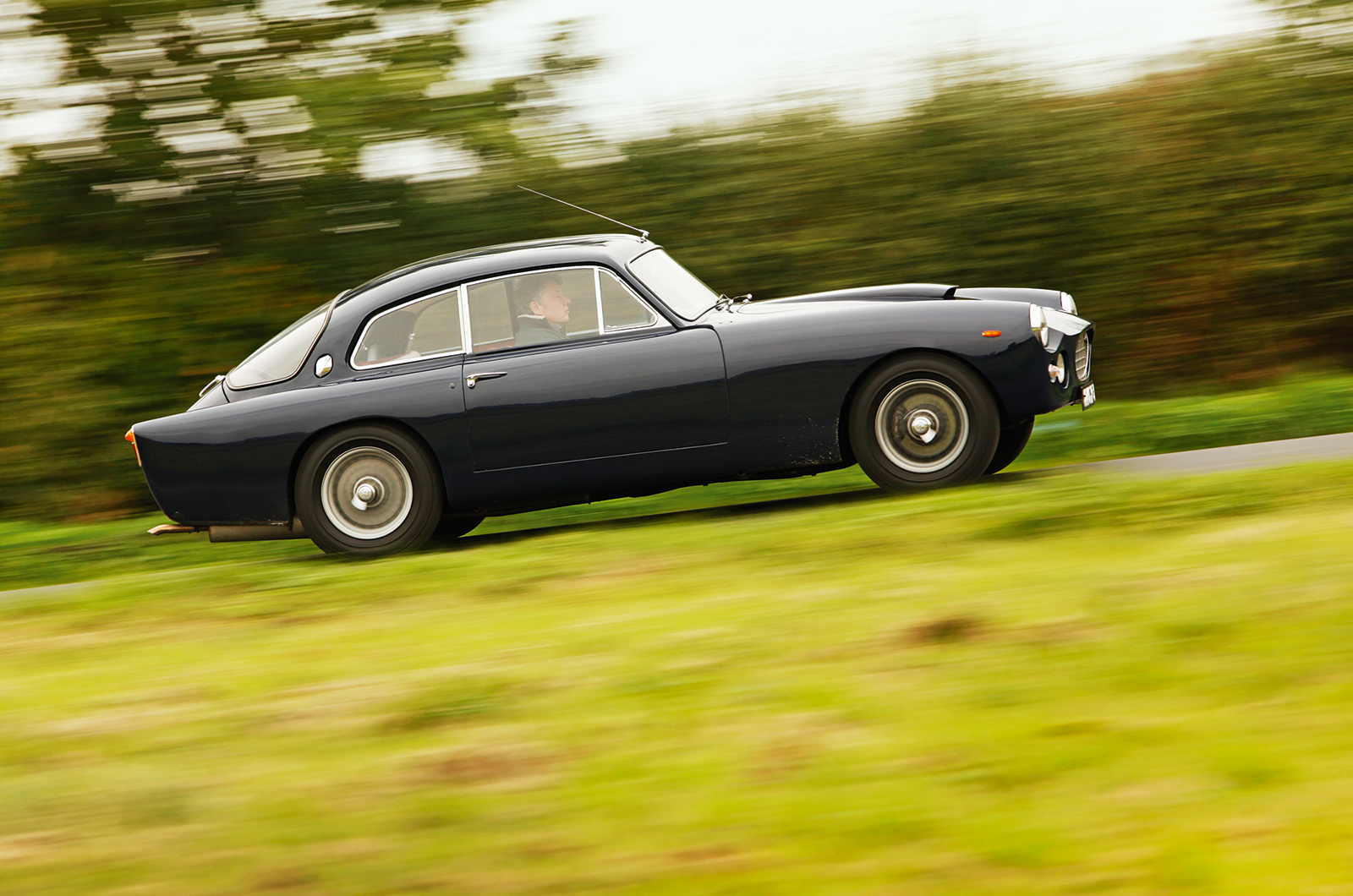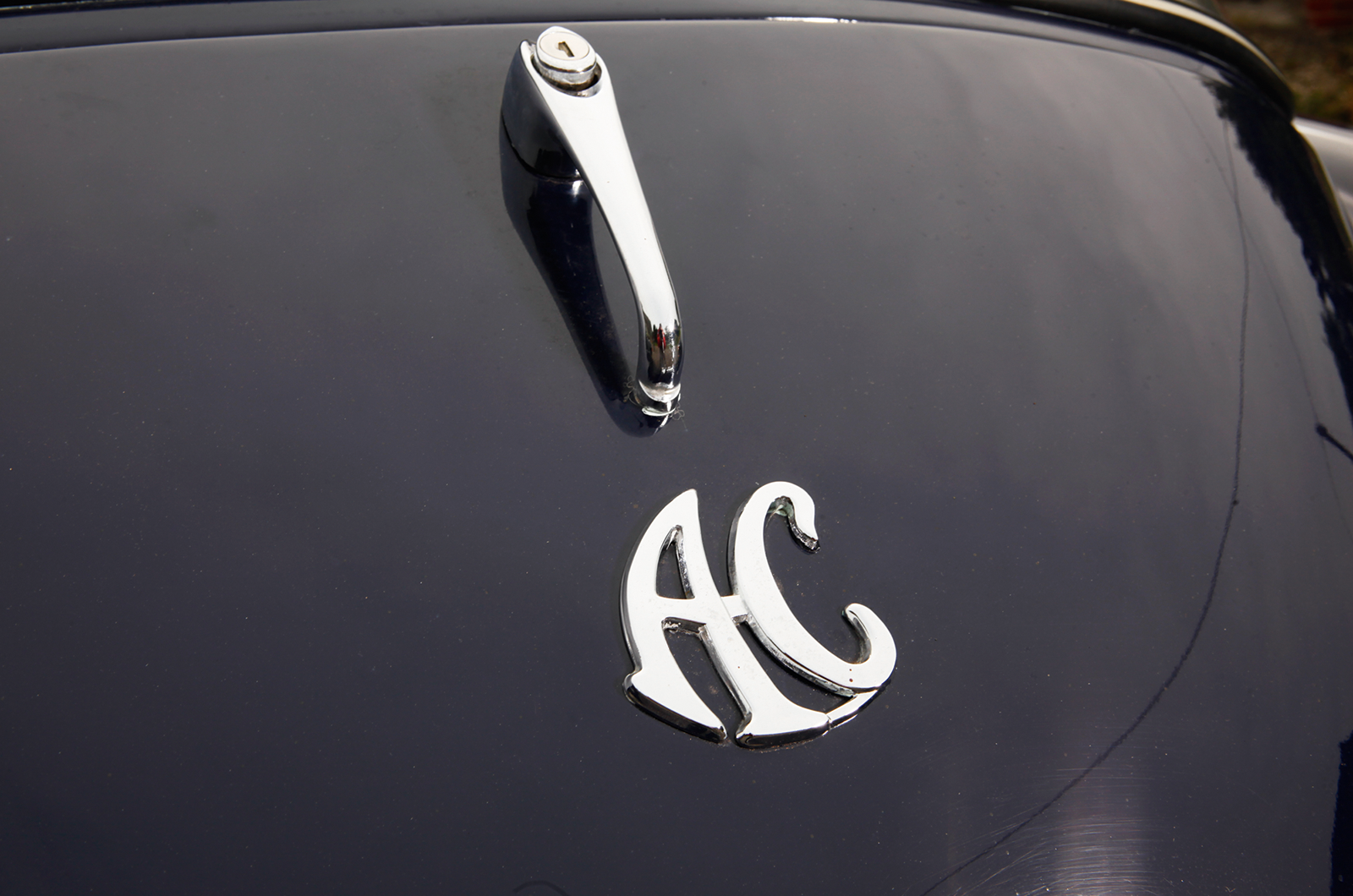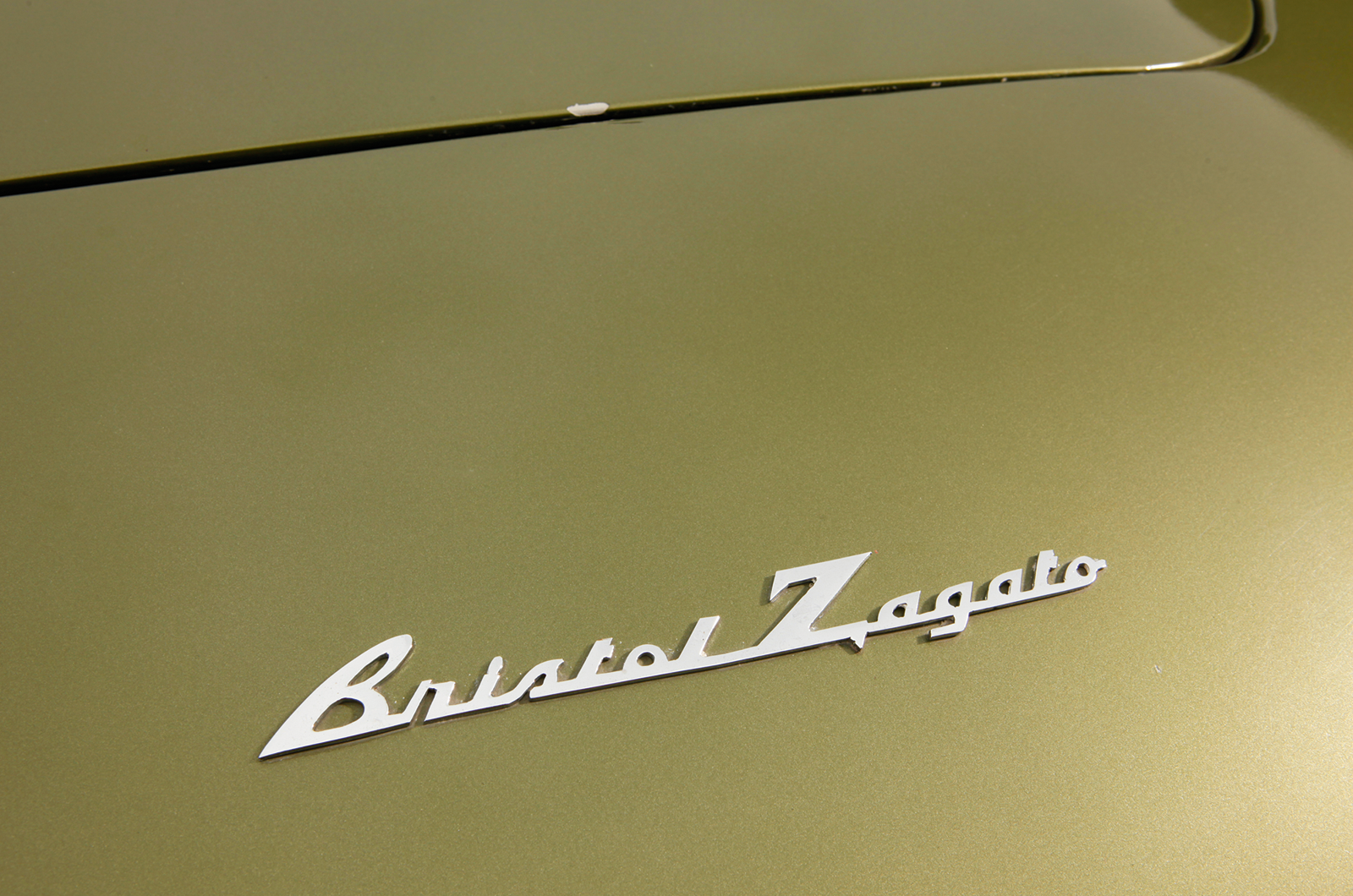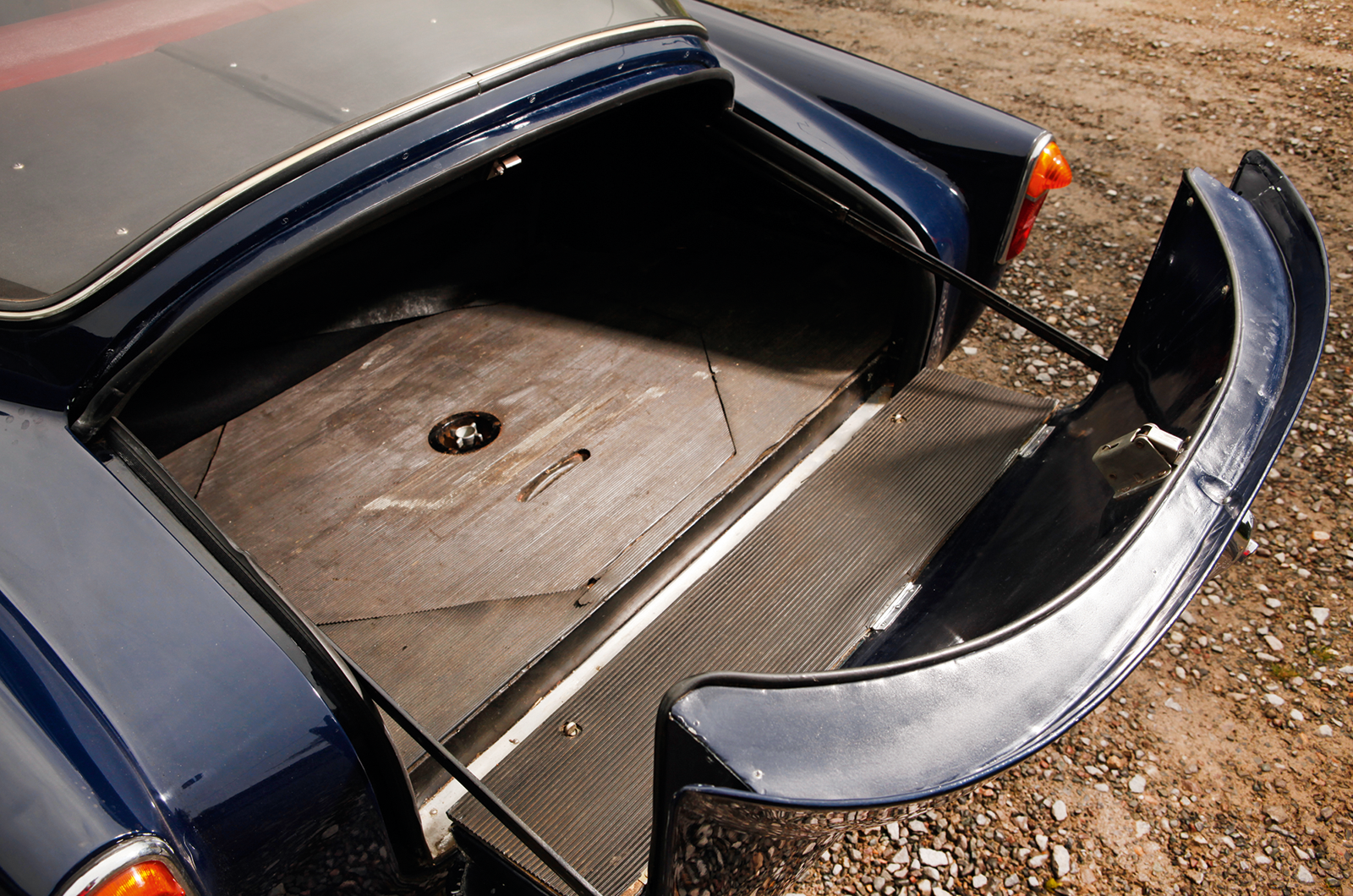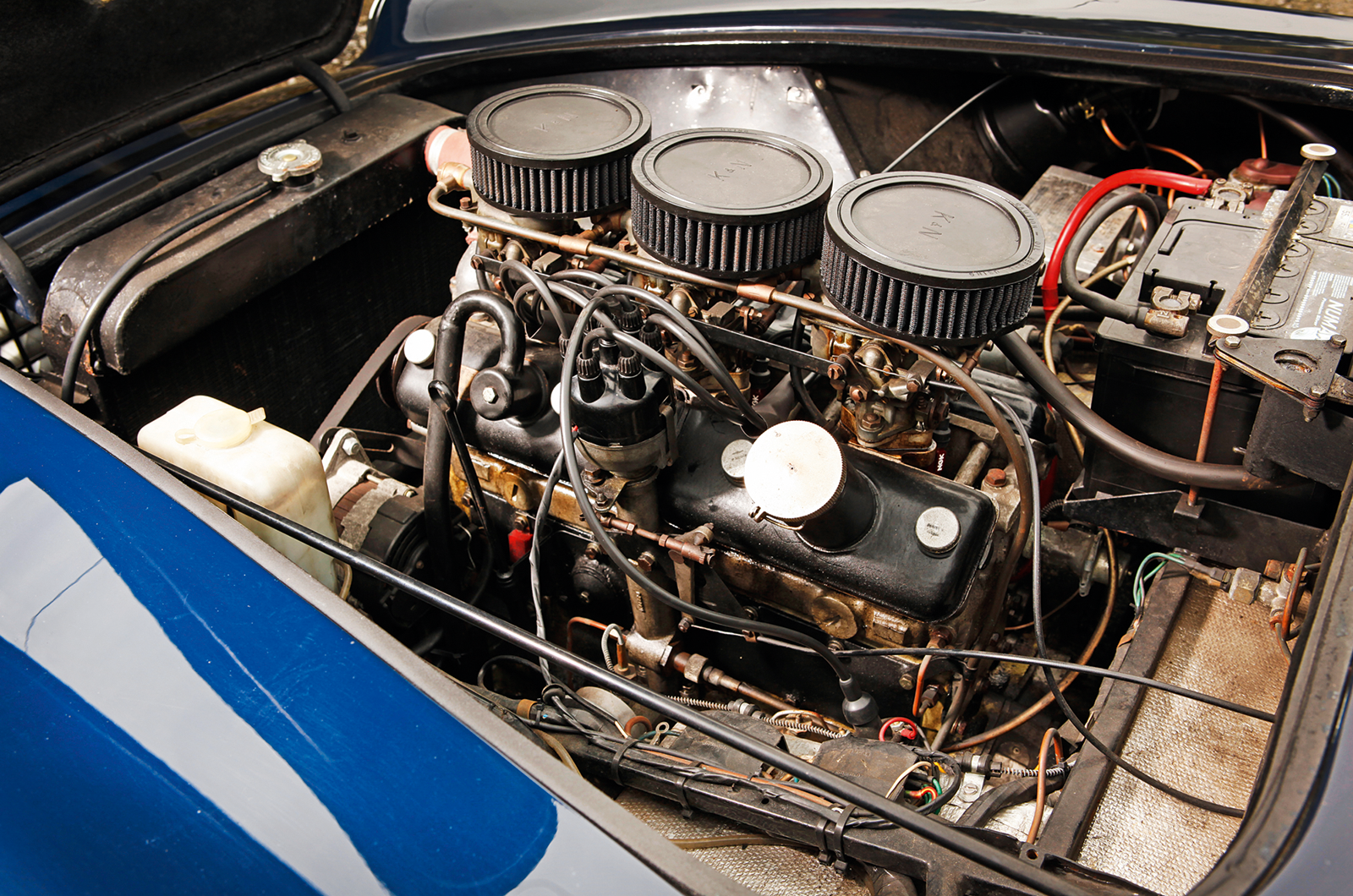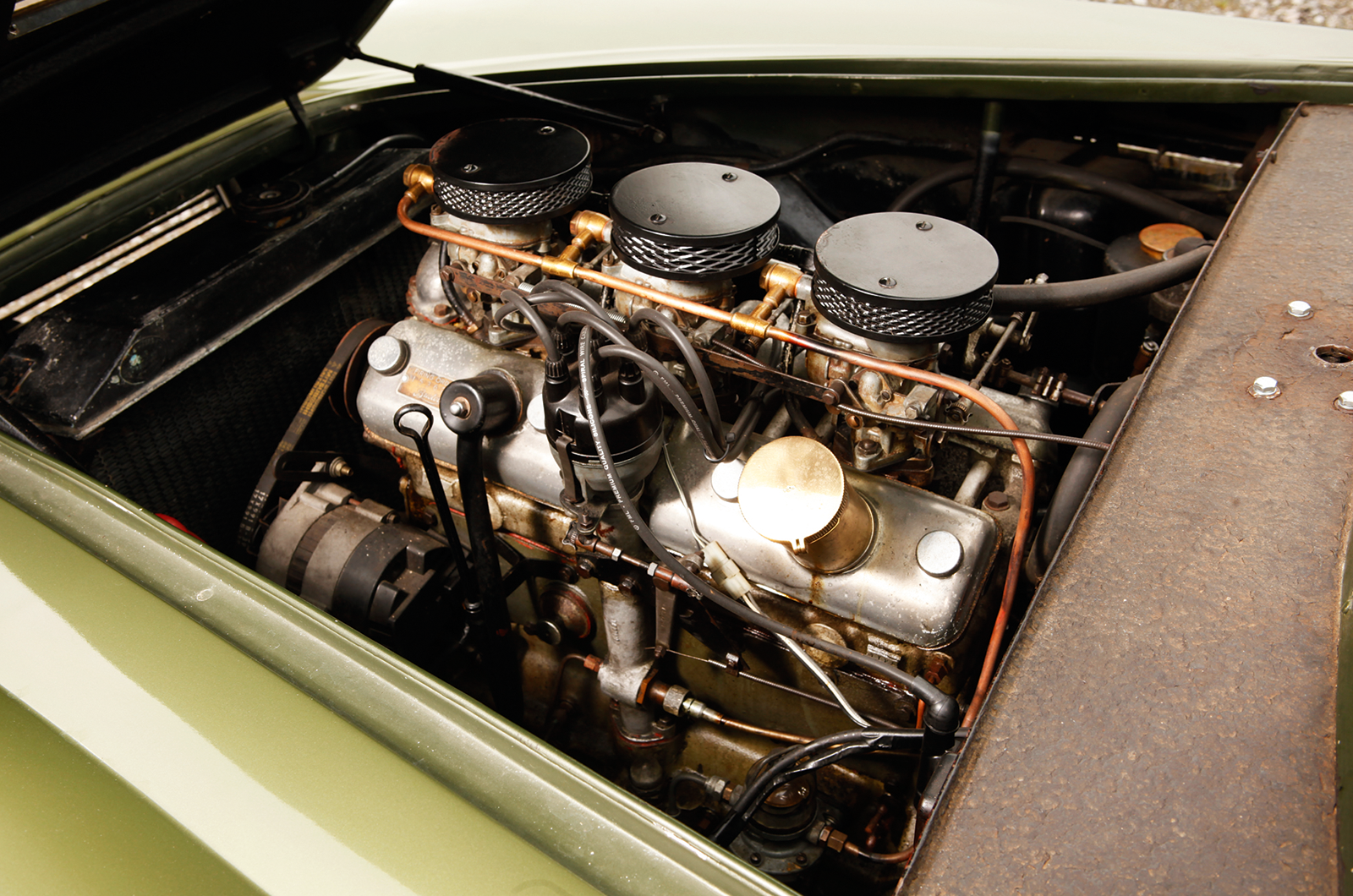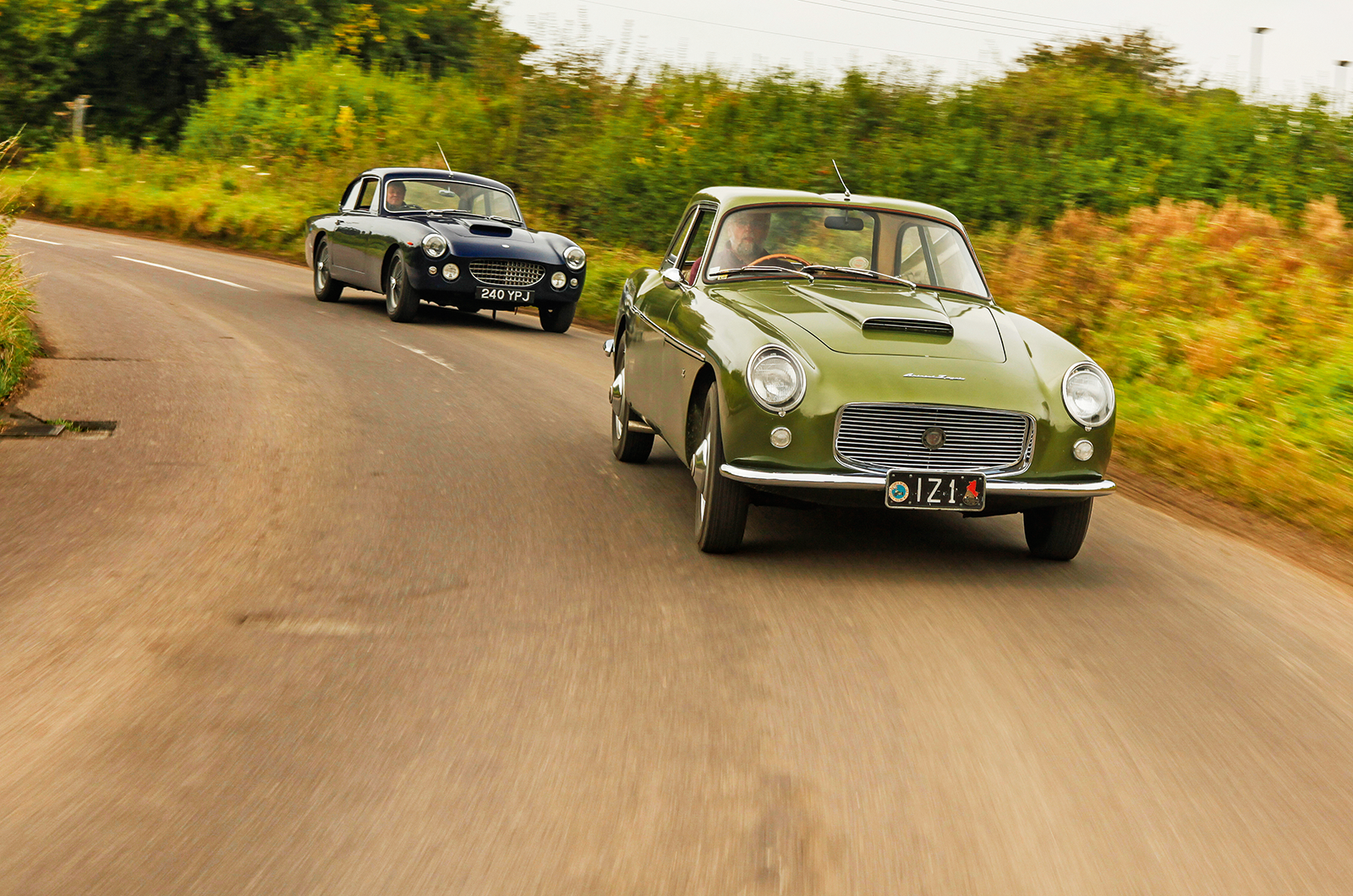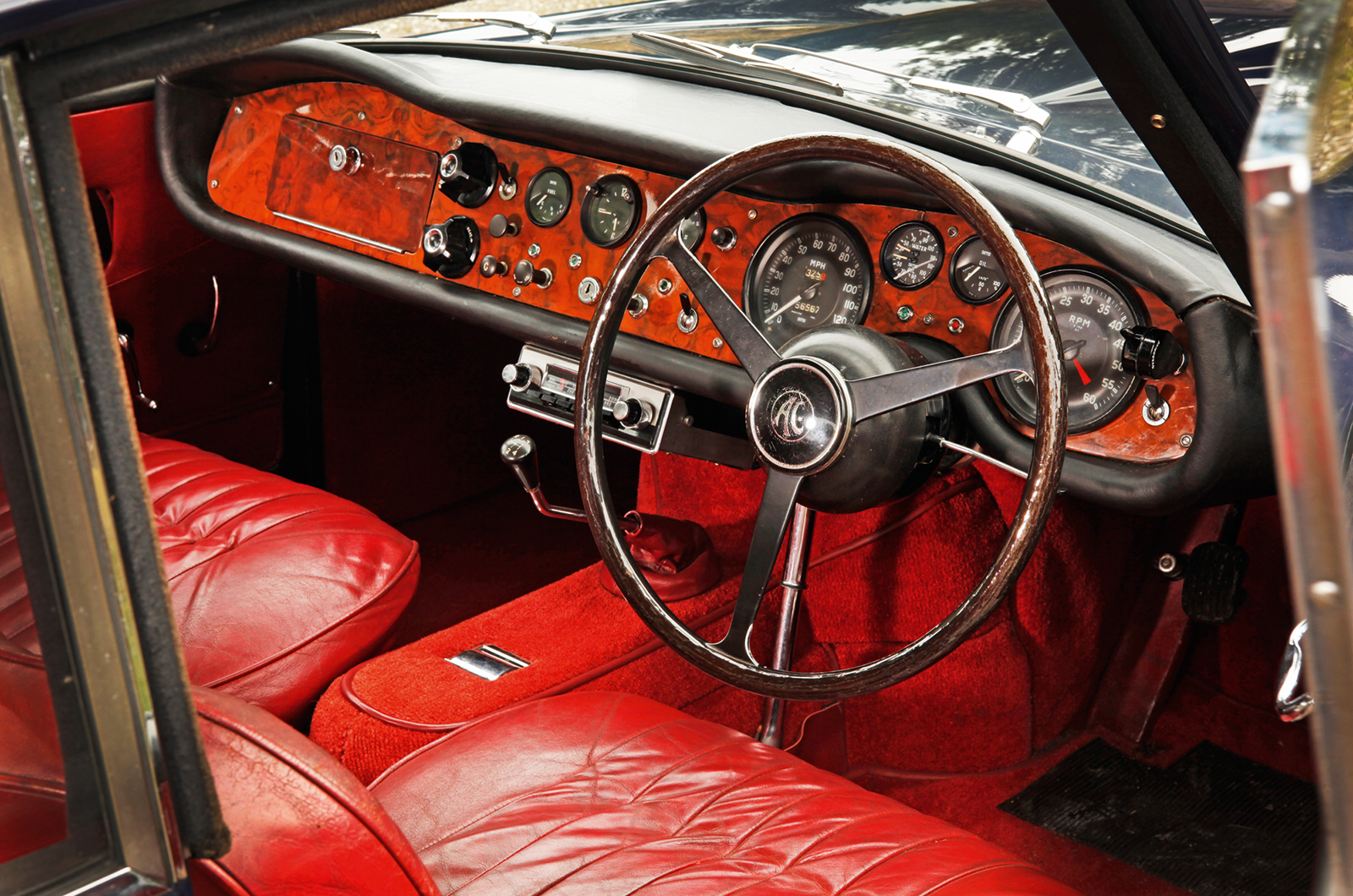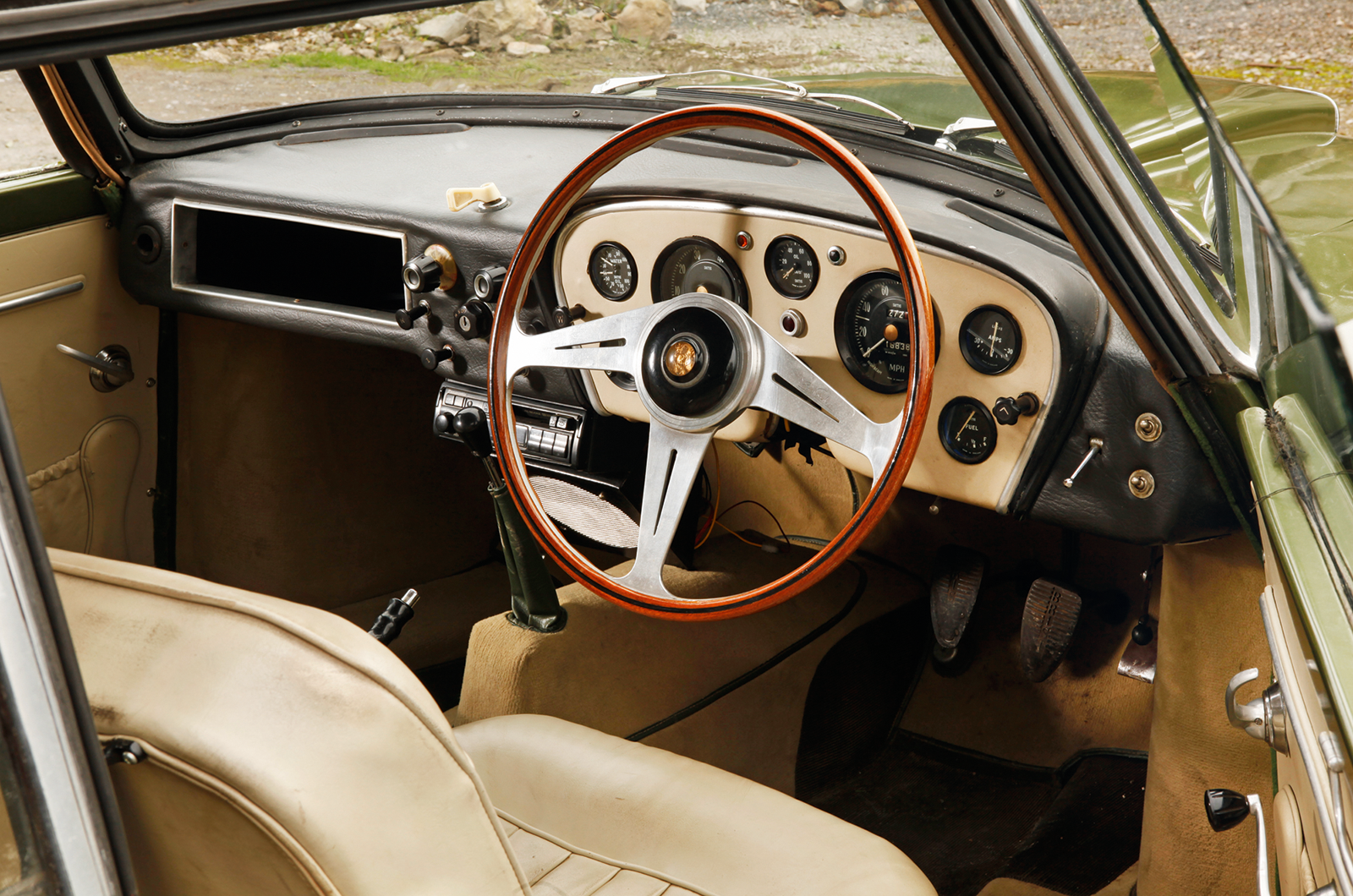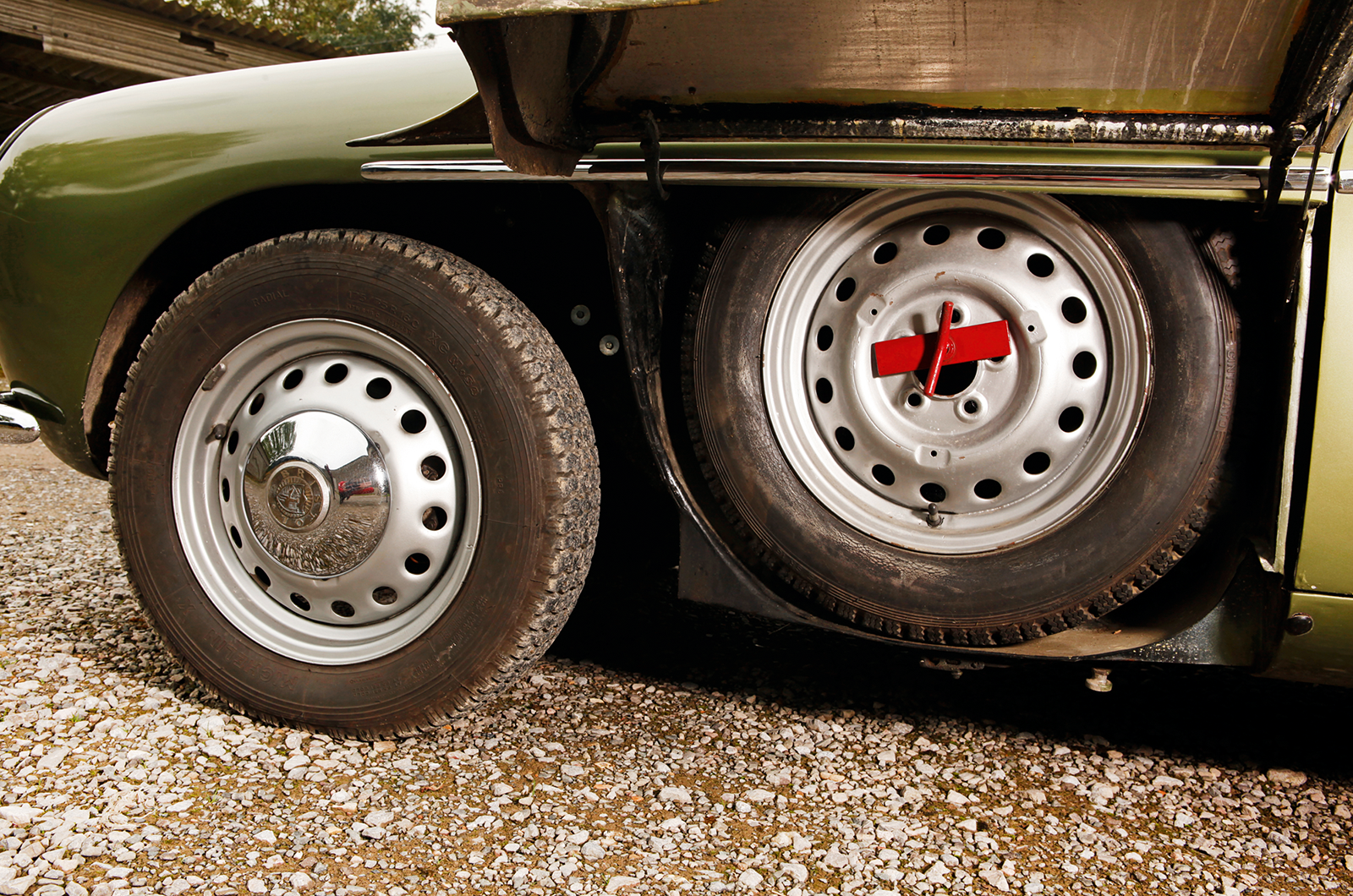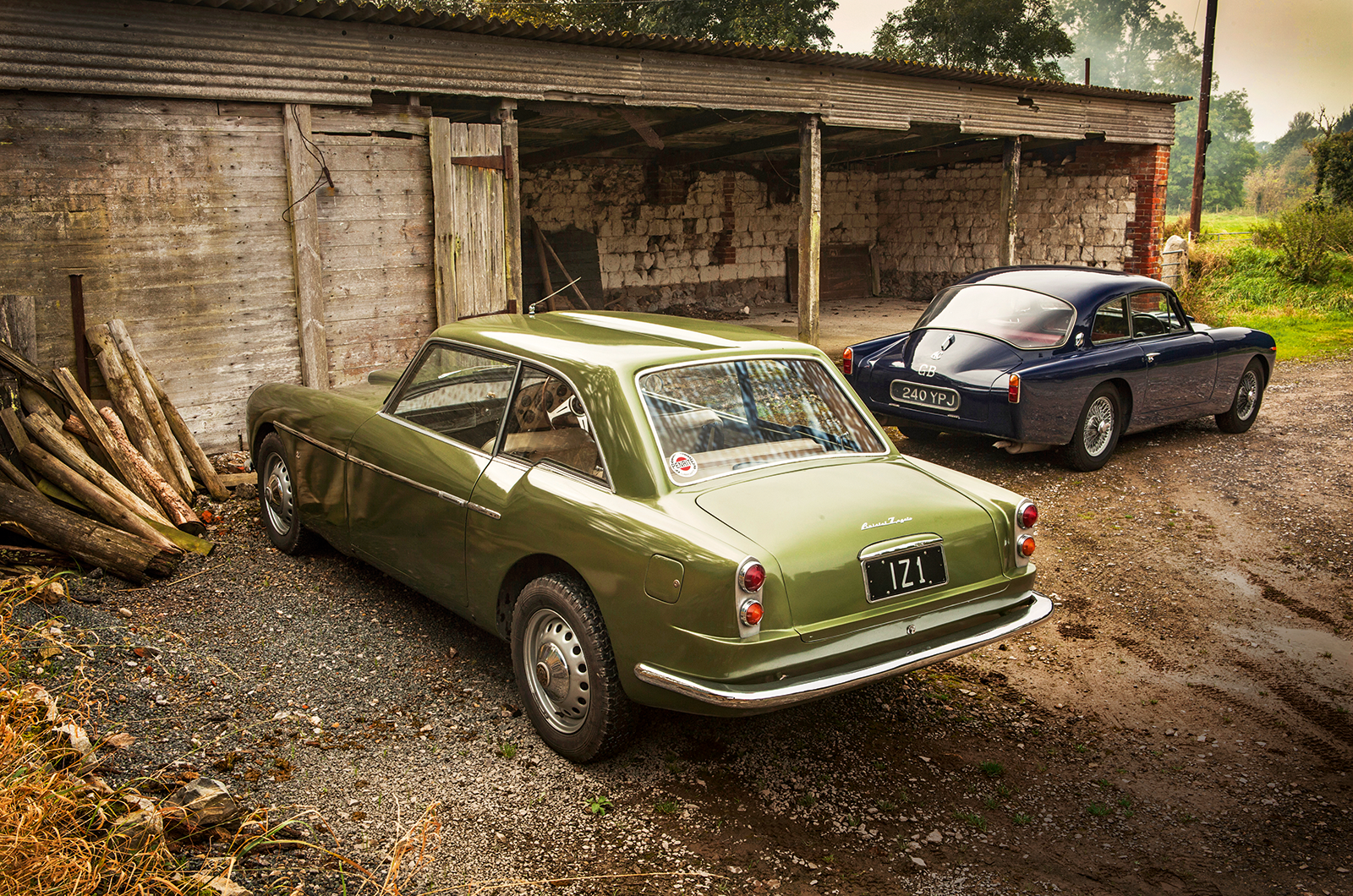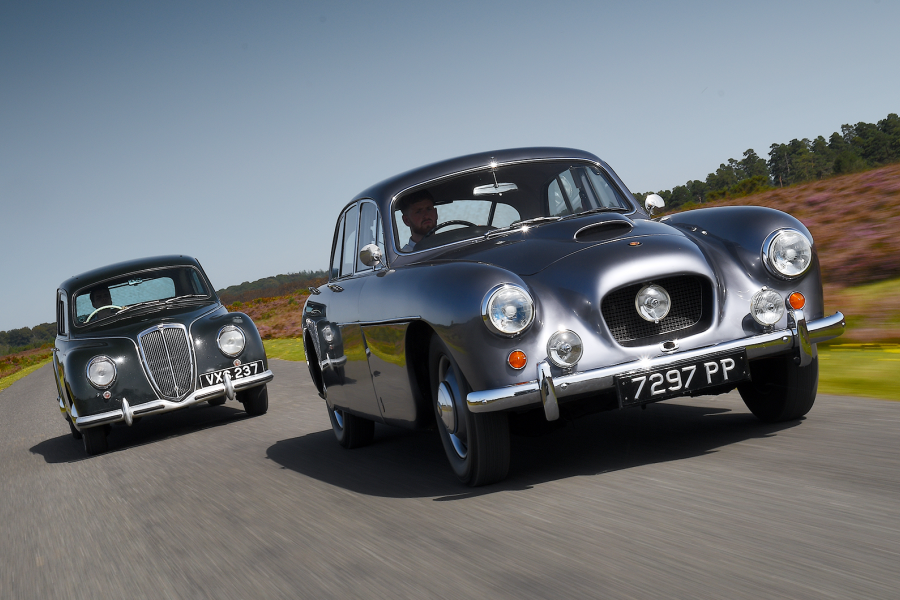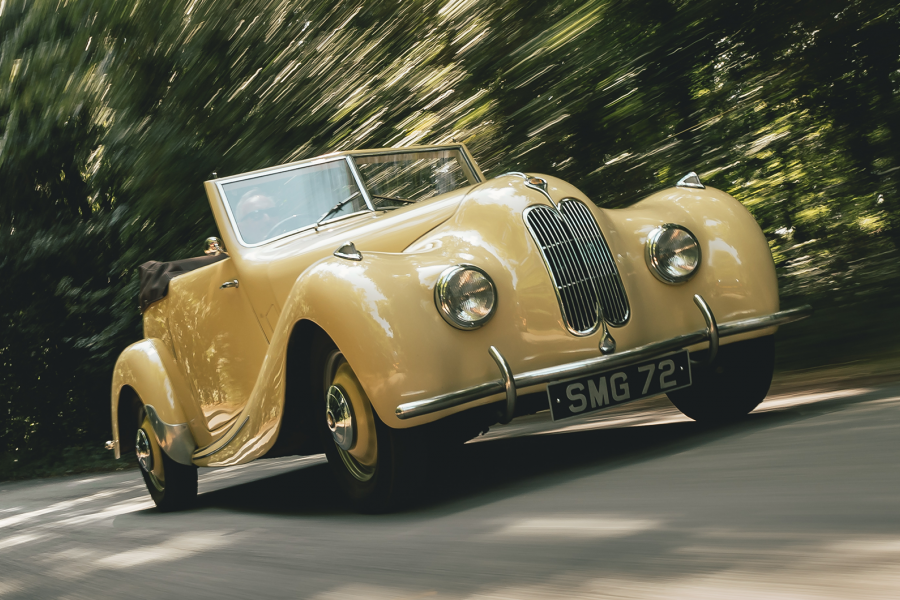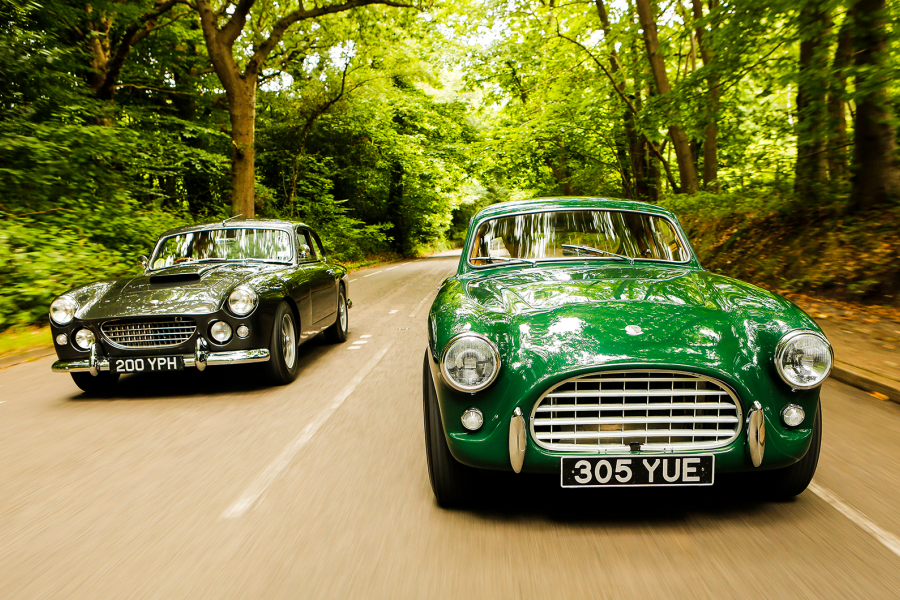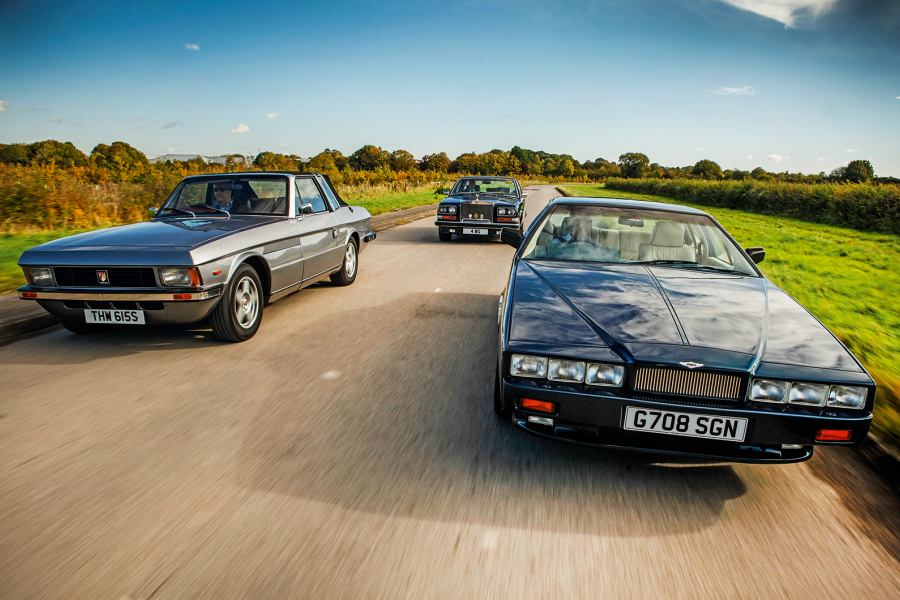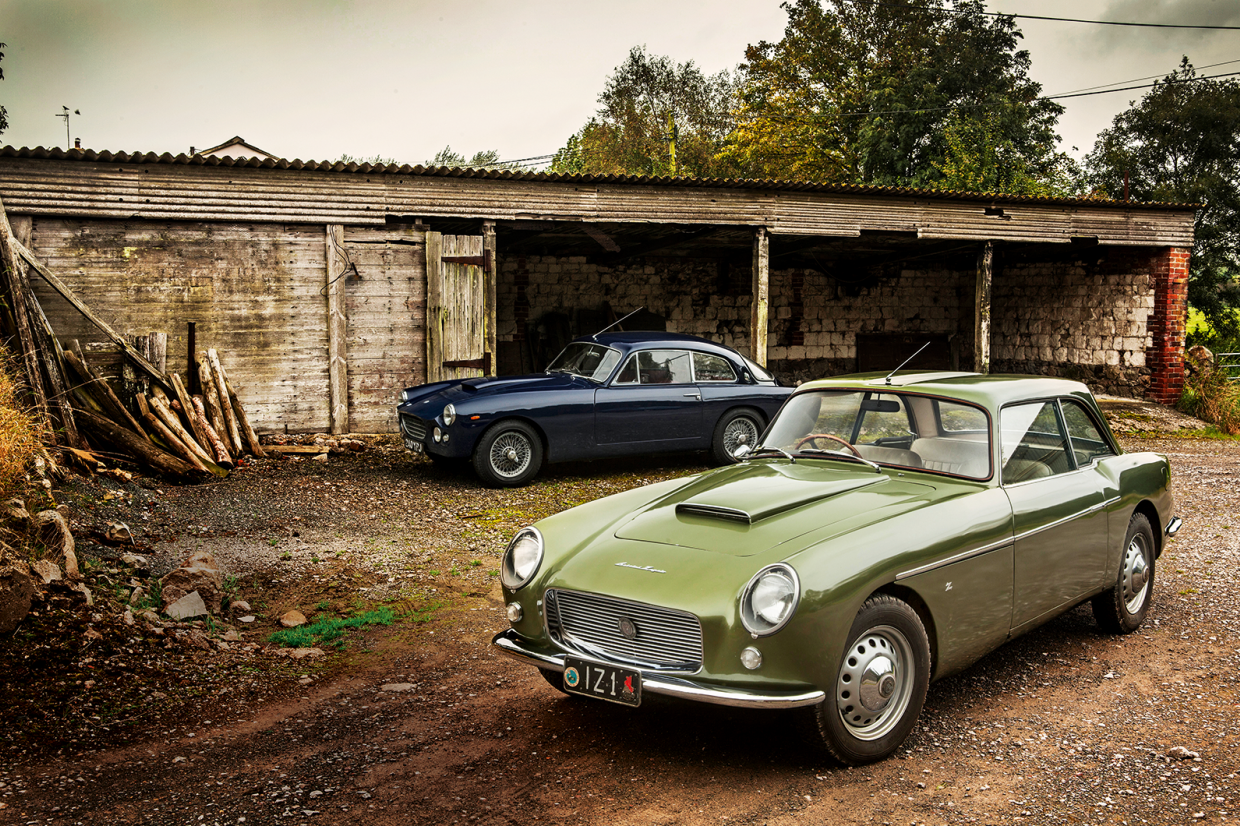
Fifty years ago, these two must have topped the league as a way of spending the most amount of money on the least amount of car.
In fact, in 1960 there was no more expensive 2-litre car for sale anywhere in the world than the near-£5000 Bristol 406 Zagato.
Six were created at the behest of Tony Crook when he was still Anthony Crook Motors Ltd (the UK Zagato agent) and, although they were not easy to sell at the time, these 406Zs are now among the most revered of all the six-cylinder Bristols.
Of the six built, all with minor trim and detail differences, at the time of writing five remain accounted for – four in the UK and one in Australia. The missing car was written off in the late 1960s
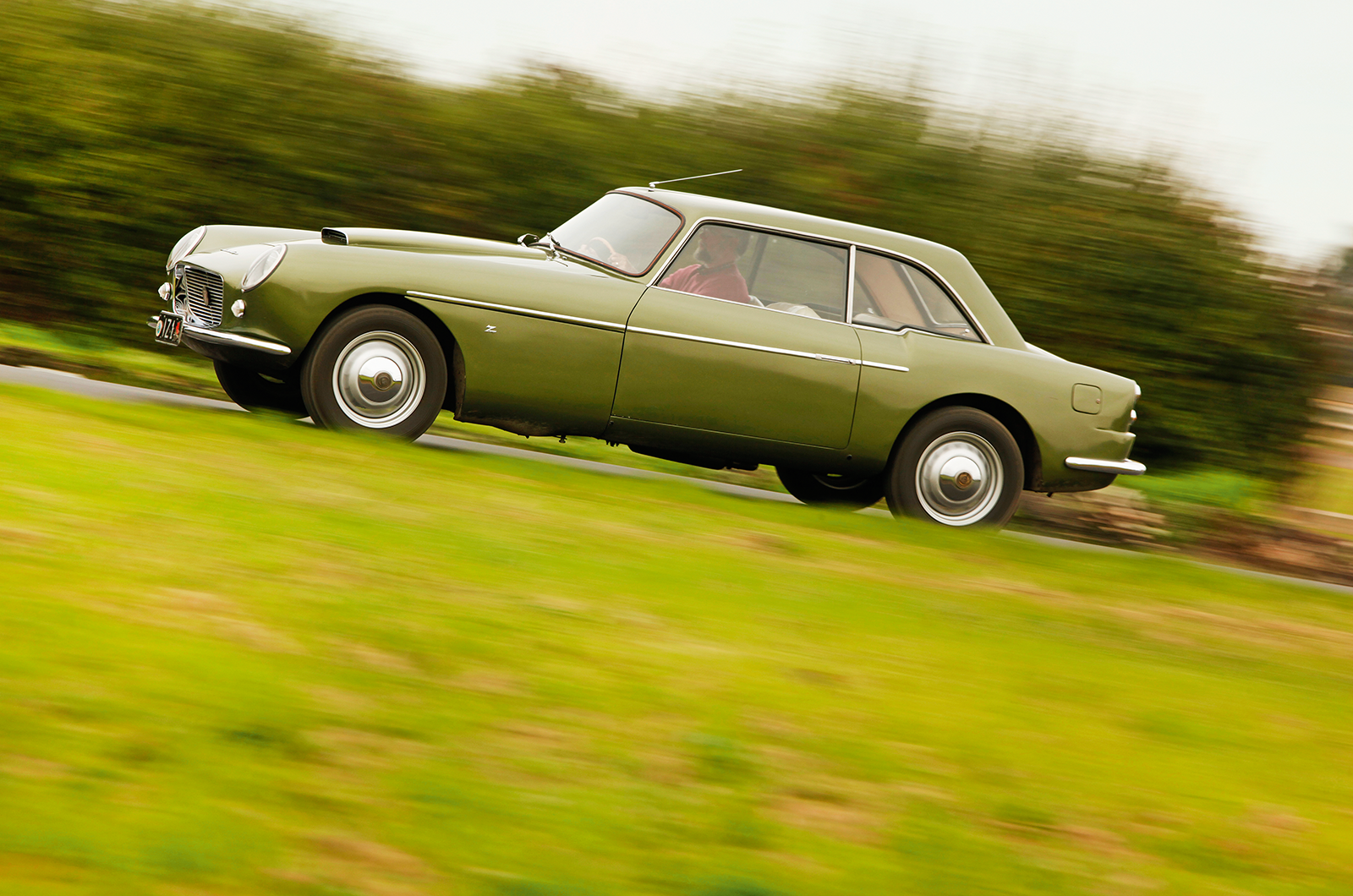
The Bristol looks better in the metal
AC built many more Greyhounds (82 from 1960-’63) but the car made far fewer friends.
Created as a four-place coupé to appease those loyal family-man customers who were outgrowing their two-seaters, it was never really forgiven for its handling problems and amateurish styling.
The Greyhound is a car you have to see from the right angle to ‘get’.

